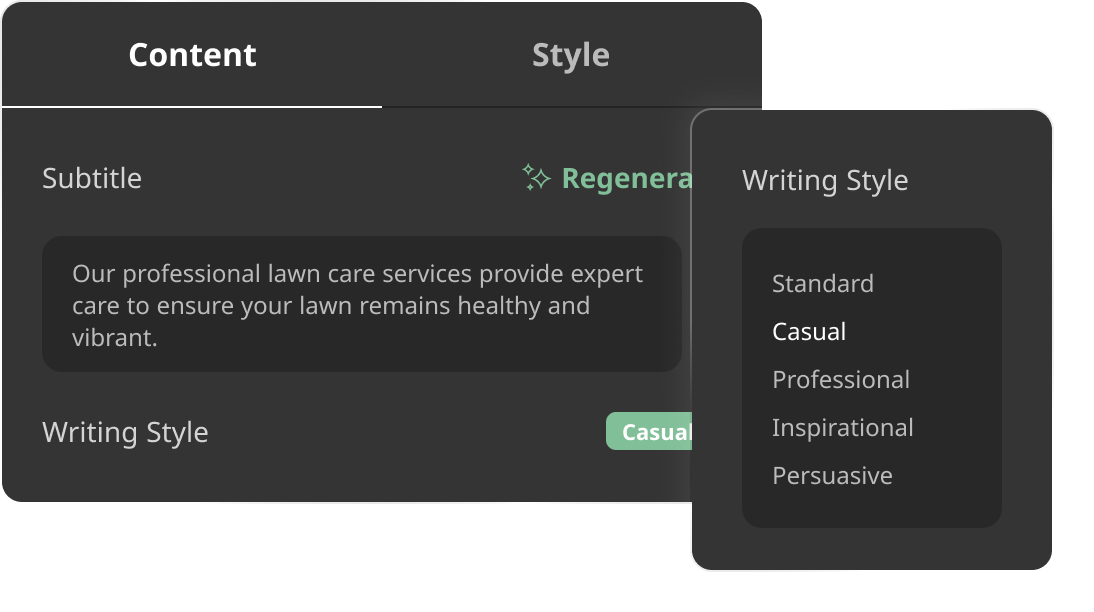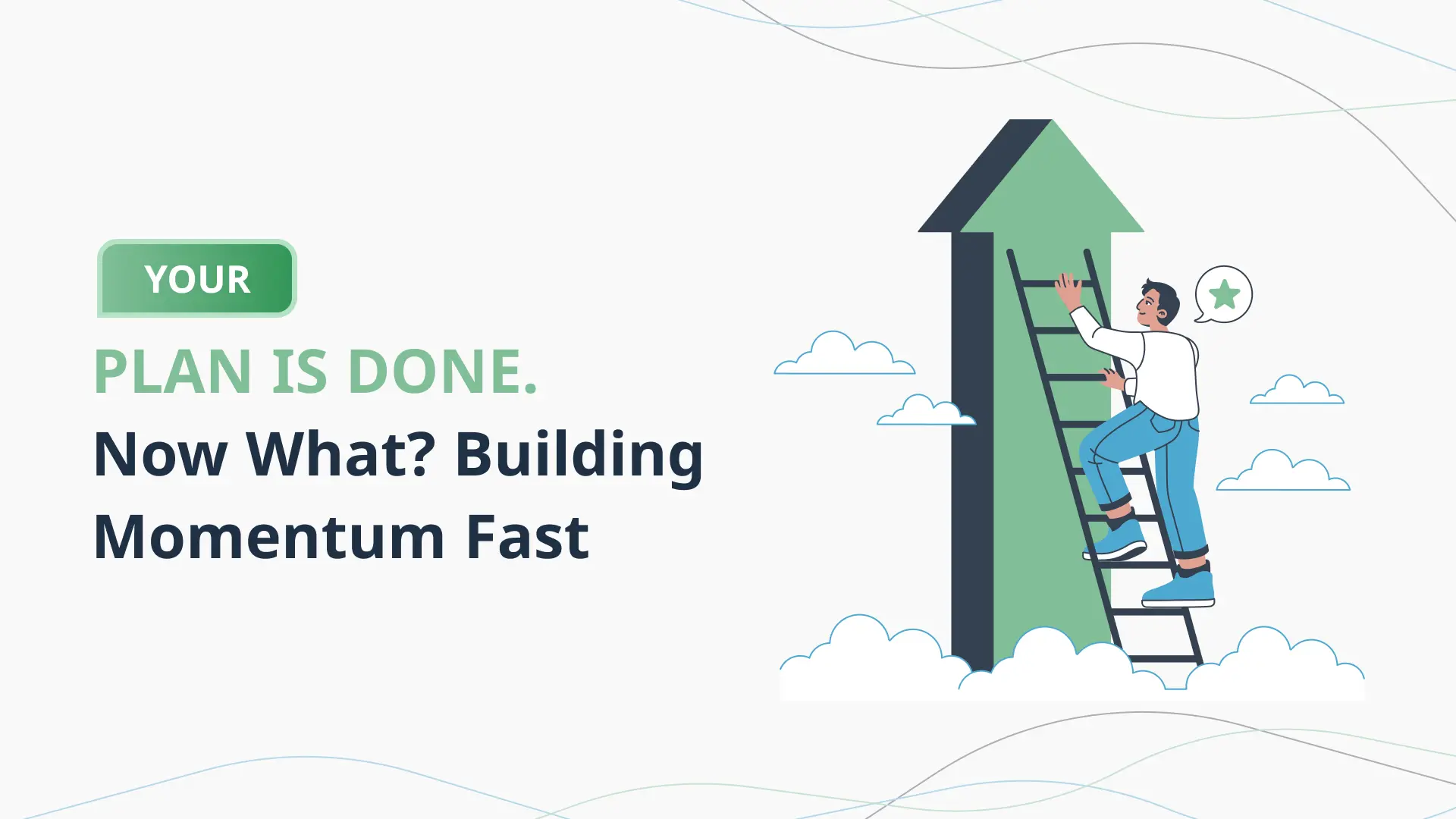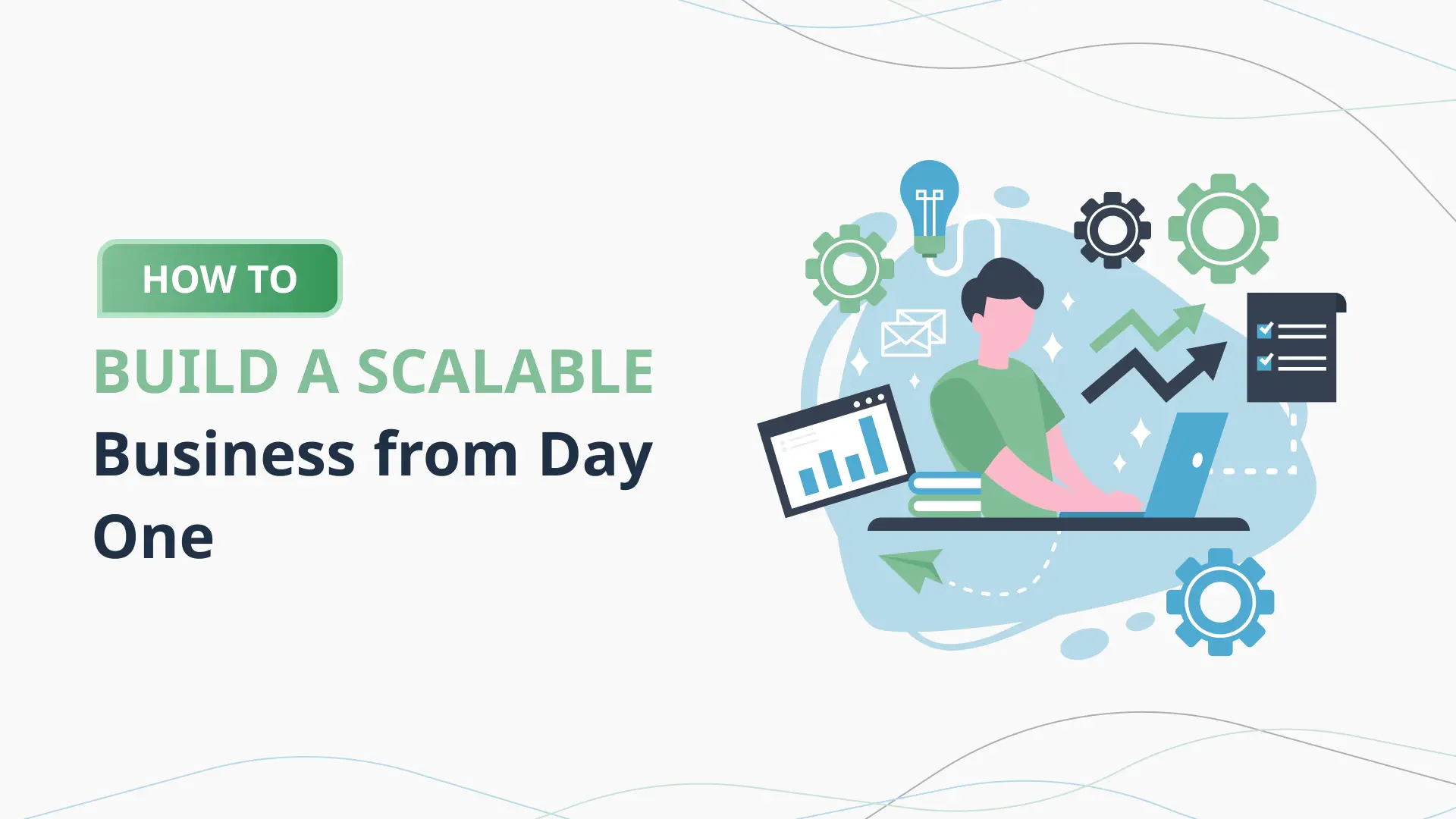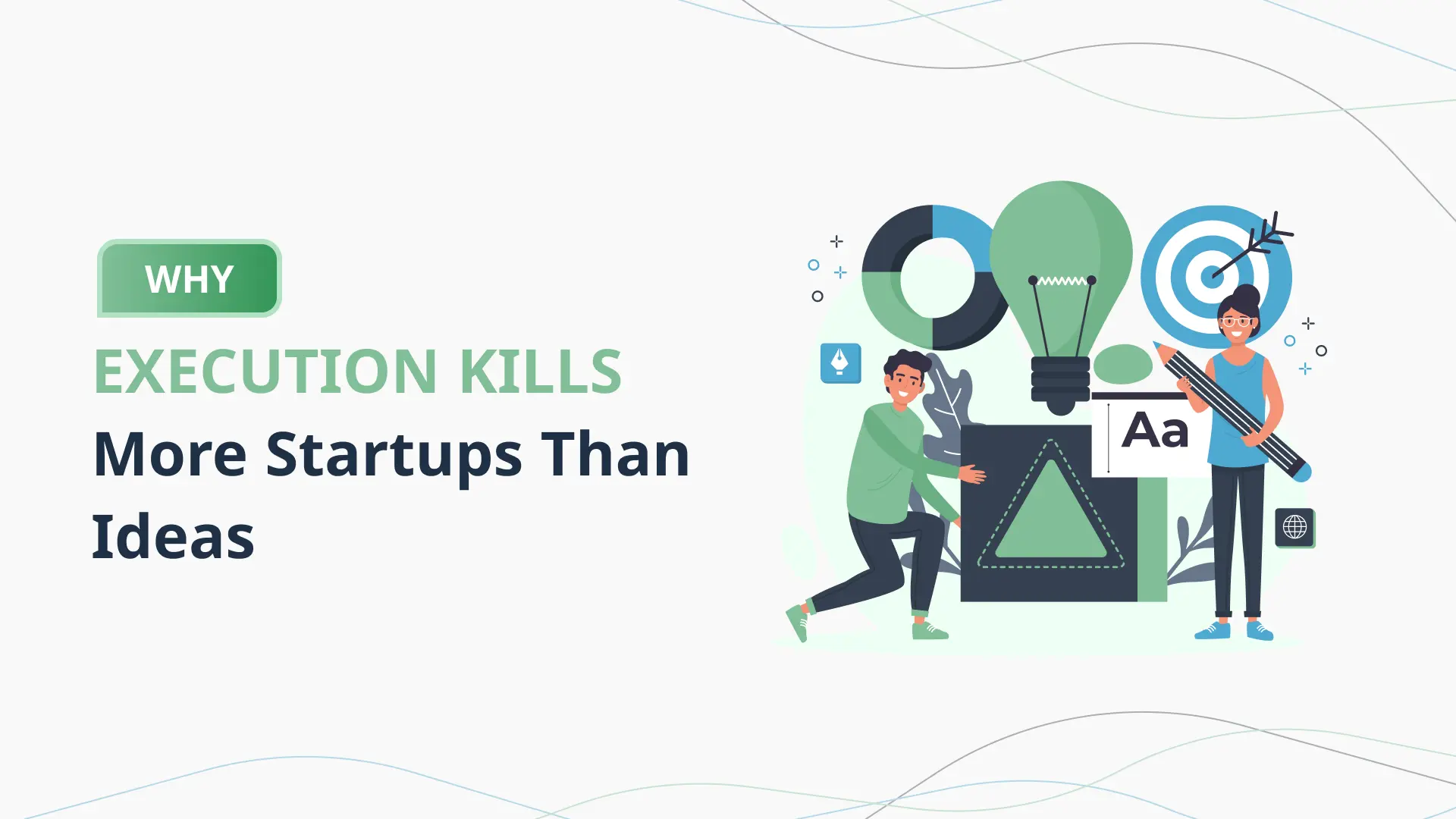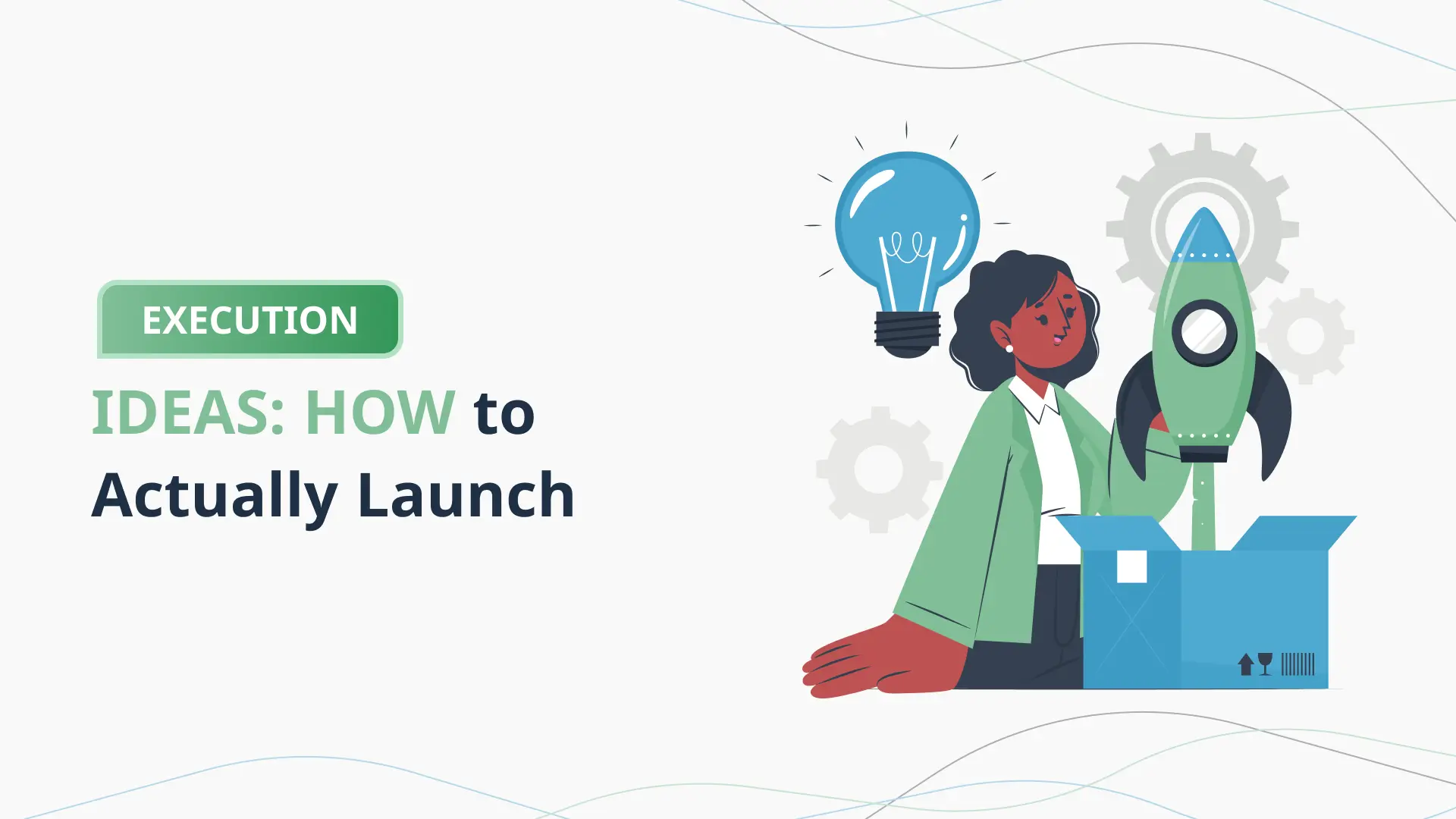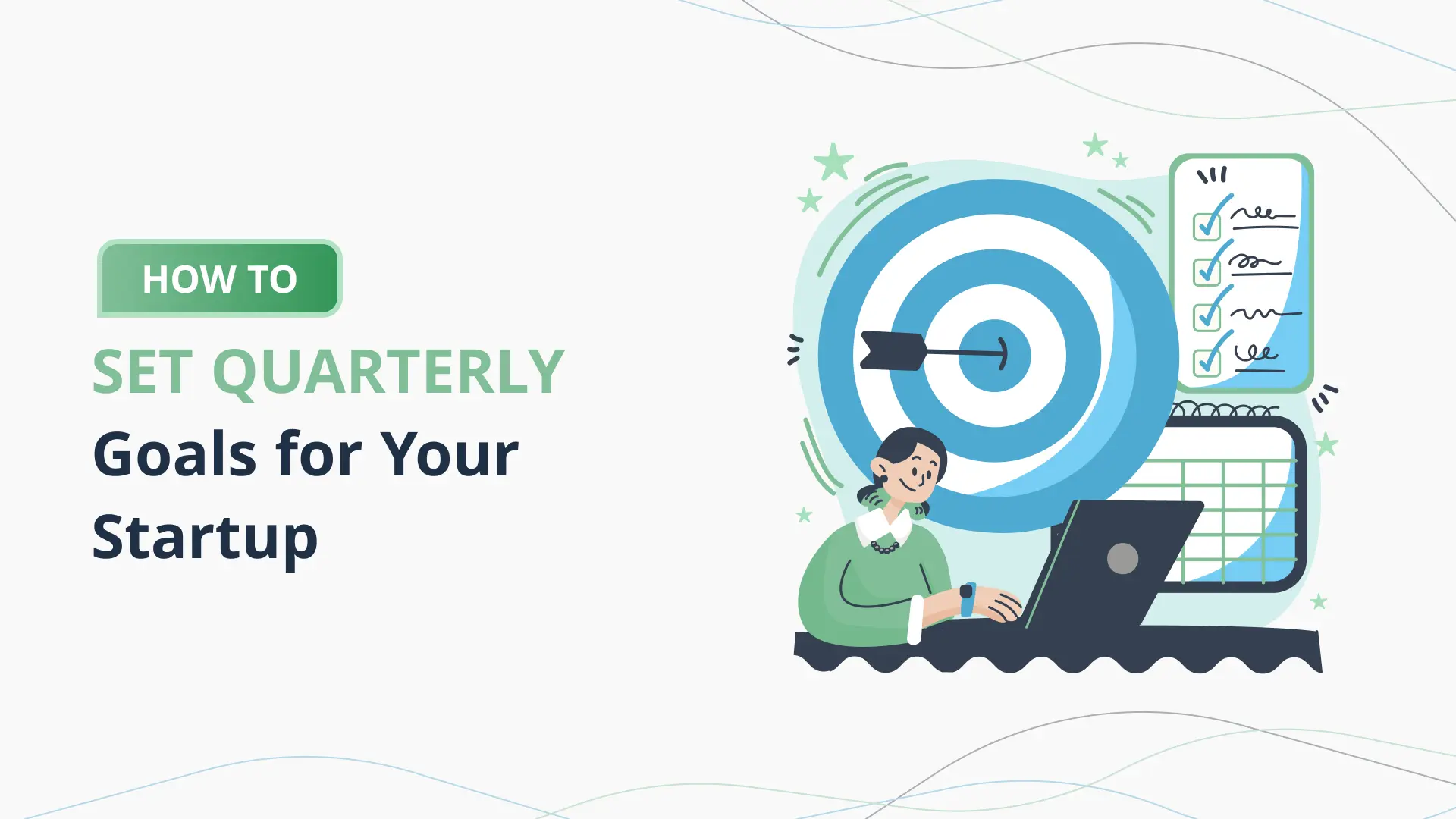The Lean Launch Checklist Every Founder Needs

Introduction: Why Founders Need a Lean Launch Checklist
Launching a startup can feel like jumping off a cliff and building a plane on the way down. It’s thrilling, high-stakes, and packed with uncertainty. Every founder sets out with a vision—something bold, disruptive, and meaningful. But far too often, startups crash before they ever lift off, not because the vision was flawed, but because the execution lacked structure. In a landscape where over 90% of startups fail, preparation isn’t just important—it’s essential.
That’s where the Lean Launch Checklist comes in.
Imagine trying to assemble a 1,000-piece jigsaw puzzle without the picture on the box. That’s what launching a startup without a structured plan can feel like. You might have all the pieces—skills, passion, a novel idea—but without guidance, it’s easy to get lost. The Lean Launch Checklist offers that much-needed picture. It’s a practical roadmap rooted in the Lean Startup methodology, which emphasizes fast iteration, constant learning, and data-driven decisions.
At its core, the checklist helps founders focus on what matters most—validating assumptions before burning resources. Rather than investing months (or years) building a full-featured product in isolation, the Lean approach encourages launching quickly with a Minimum Viable Product (MVP), engaging with real customers, and pivoting based on what you learn. It’s about progress through smart experimentation—not perfection.
But theory alone isn’t enough. Founders need actionable steps, real-world examples, and modern tools to execute effectively. This blog is your deep dive into all of that. Over the next several sections, we’ll break down the six most crucial components of the Lean Launch Checklist:
- Understanding the Lean Startup methodology.
- Crafting a compelling value proposition.
- Building and testing your MVP.
- Validating your business model.
- Scaling operations and growth.
- Leveraging AI tools like PlanVista for smarter planning.
Throughout, we’ll highlight the challenges founders typically face and how they can be addressed using the right mindset and technology. Tools like the PlanVista app—an AI business plan generator—are revolutionizing the startup process by helping founders craft investor-ready plans, analyze markets, and forecast finances in a fraction of the time it used to take. It’s more than just a convenience; it’s a competitive advantage in today’s hyper-accelerated startup environment.
If you’re a founder—or aspire to be—this blog is your playbook. Whether you’re sketching your first idea on a napkin or iterating on your third pivot, the Lean Launch Checklist ensures you’re moving with purpose, not just motion. Let’s turn that idea into a validated, scalable business—efficiently, intelligently, and with far fewer headaches.
Ready to dive in? Let’s get lean.
Understanding the Lean Startup Methodology
Before we can use the Lean Launch Checklist, we need to understand the foundation it’s built upon—the Lean Startup methodology. Coined by Eric Ries in his groundbreaking book The Lean Startup, this methodology flipped traditional business planning on its head. Instead of spending months writing exhaustive business plans and years building a full product before getting any customer feedback, Lean Startup advocates for launching quickly, testing continuously, and evolving based on real-world data.
The Core Idea: Build-Measure-Learn
At the heart of the Lean Startup is the Build-Measure-Learn feedback loop. The goal is to turn ideas into products quickly, measure how customers respond, and learn whether to pivot or persevere. This loop helps entrepreneurs make better decisions faster. The process begins with a Minimum Viable Product (MVP)—a bare-bones version of your product designed to test a core assumption. Once launched, the product’s usage is measured to collect data, and that data is used to refine the idea or adjust course entirely.
Real-World Example: Dropbox
Dropbox is one of the most iconic examples of Lean Startup in action. Instead of building a complex file-syncing system right away, they created a simple explainer video showing how the product would work. The video generated so much interest and sign-ups that it validated the market need before a single line of code was written. That’s Lean in action—test the riskiest assumptions first with the smallest possible effort.
Common Pitfalls
Even with a solid methodology, many founders stumble:
- Overbuilding: Founders often fall in love with their product and end up adding too many features before validating demand.
- Ignoring Feedback: Some are so attached to their vision that they ignore what their customers are actually telling them.
- Analysis Paralysis: Waiting for perfect data instead of moving forward with what’s available.
Where AI Comes In
Here’s where AI, and tools like PlanVista, really shine. The Lean Startup model depends heavily on data—customer behavior, market trends, engagement metrics, and more. But collecting and interpreting all that data can be overwhelming for a small team. AI tools can automate much of this analysis, identifying trends, suggesting next steps, and even forecasting outcomes.
For instance, PlanVista as an AI business plan tool can synthesize market research, flag weak assumptions in your business model, and help optimize your MVP development by analyzing comparable ventures. It makes data-driven decisions faster and more accessible, allowing founders to stay lean without losing insight.
The Takeaway
Understanding Lean Startup is more than knowing a few buzzwords—it’s about embracing a mindset. One that values customer input over intuition, experimentation over perfection, and agility over rigid planning. The Lean Launch Checklist we’ll explore in this blog is a practical extension of this philosophy, designed to keep founders focused and iterative from day one.
The path to startup success doesn’t have to be a gamble. With Lean principles and smart tools like PlanVista, it can be a calculated, data-driven journey. Up next, we’ll explore the first actionable step on that journey: crafting a compelling value proposition.
Crafting a Compelling Value Proposition
Imagine you’re trying to sell water in a desert, but your potential customers don’t know they’re thirsty. That’s what it’s like launching a startup without a compelling value proposition. Your value proposition is the single most important sentence your business will ever write. It’s what tells potential customers, investors, and partners, “Here’s the problem, here’s how we solve it, and here’s why we’re the best option.”
But crafting a strong value proposition is easier said than done. It’s not just a tagline. It’s the core of your business strategy and a critical checkpoint in the Lean Launch Checklist.
What is a Value Proposition?
A value proposition clearly communicates the benefits a customer will receive from your product or service. It should answer three essential questions:
- Who is your customer?
- What problem are they facing?
- How does your product uniquely solve this problem?
If you can’t answer these questions in one or two concise sentences, it’s time to go back to the drawing board.
Real-World Example: Slack
Slack didn’t just market itself as a messaging tool. It promised teams they would “be less busy.” That value proposition cut through the noise because it spoke directly to an emotional and practical need—productivity in a chaotic work environment. The focus wasn’t on features; it was on impact.
Steps to Craft Your Value Proposition
- Identify Your Customer Segments: Use customer personas to get specific. Who are they? What do they care about?
- Clarify Their Pain Points: Conduct interviews, surveys, or use analytics to understand their struggles.
- Position Your Product as the Solution: Clearly articulate how your product addresses these pain points.
- Differentiate from the Competition: What makes your solution better or more desirable than others?
It’s crucial to base these steps on real data, not just intuition. That’s where founders often make a misstep—assuming they know the customer without ever talking to them.
Common Challenges
- Vagueness: Saying “we help businesses grow” means nothing if it’s not specific.
- Over-Promising: Setting expectations too high can lead to mistrust.
- Misalignment: When your product and value proposition don’t align, customer confusion ensues.
How PlanVista Can Help
AI can refine your messaging by analyzing language, customer reviews, and competitor positioning. The PlanVista app, acting as an AI business plan tool, helps founders define and test value propositions with predictive analytics. It examines customer demographics, identifies trending pain points, and provides feedback on how your value proposition stacks up against others in your niche.
Using PlanVista, you can A/B test messaging within your business plan itself—tweaking tone, structure, and emphasis until it hits the mark. Instead of relying on guesswork, you get a data-backed messaging framework that increases customer engagement and investor interest.
Final Thought
A great product is nothing without great positioning. Your value proposition is your startup’s voice in a crowded marketplace—it’s how you tell the world why you matter. Craft it with care, validate it with data, and revisit it often. With the right message, customers won’t just buy your product—they’ll believe in your mission.
Next, we’ll explore how to turn this value into a tangible offering with your Minimum Viable Product (MVP).
Building and Testing Your MVP
So you’ve crafted a compelling value proposition. Great. But before you go building the full-blown product with bells and whistles, take a breath. You don’t need the “perfect” product—you need a Minimum Viable Product (MVP).
An MVP is the simplest version of your product that solves your customer’s core problem. It’s not about cutting corners; it’s about focusing on the essentials to validate your assumptions and start learning as soon as possible. This step in the Lean Launch Checklist separates the dreamers from the doers—and the successful startups from the costly misfires.
Why MVP Matters
The MVP isn’t your endgame—it’s a learning tool. It’s how you test your value proposition with real users and real behavior, not just feedback on a pitch deck. The goal is to discover what your users truly need, not what they say they want. Many founders skip this step or overbuild their MVP, wasting time and money on features that don’t matter.
Real-World Example: Zappos
When Zappos launched, the founders didn’t build warehouses or negotiate supplier deals. Instead, they took photos of shoes from local stores, posted them online, and bought them at full price after someone placed an order. That MVP proved people were willing to buy shoes online. It was manual, unscalable—but highly effective.
Steps to Build and Test an MVP
- Define the Core Problem: What’s the one pain point you’re solving?
- Identify the Core Feature: What’s the simplest way to deliver value?
- Develop Rapidly: Use low-code/no-code tools if needed. Speed matters more than perfection.
- Deploy to Early Adopters: Find a small, representative group of users.
- Collect Feedback: Observe user behavior, gather qualitative input, and analyze usage metrics.
- Iterate Quickly: Improve based on feedback or pivot if the core assumptions fail.
Challenges to Watch For
- Feature Creep: Every founder thinks, “Wouldn’t it be cool if…?” Resist. Stick to your MVP’s core function.
- Polishing Too Much: Don’t waste time making it pretty. It just needs to work.
- Ignoring Red Flags: Negative feedback isn’t failure—it’s a goldmine of insight.
Supercharging MVPs with AI
Here’s where AI comes in—especially with tools like PlanVista. Building an MVP is one part effort, one part insight. AI can provide the insight faster.
- User Behavior Simulation: PlanVista can simulate user interactions based on similar markets, predicting feature adoption and friction points.
- Feedback Analysis: With natural language processing, PlanVista can sort through user feedback at scale, identifying common issues and patterns.
- Iteration Suggestions: AI models suggest tweaks or pivot opportunities based on MVP performance metrics.
In essence, PlanVista becomes your co-pilot—streamlining the feedback loop and making each version of your MVP smarter than the last.
Final Thought
Your MVP is your first handshake with the market. It’s your shot to say, “Hey, we understand your problem and here’s our solution.” Don’t overthink it. Keep it lean, learn fast, and iterate often. In the next section, we’ll talk about what to do after the MVP: Validating Your Business Model to ensure your startup idea isn’t just viable, but scalable.
Validating the Business Model
You’ve tested your MVP and hopefully received valuable feedback. But the real question remains: can this idea become a viable, scalable business? This is where validating your business model comes into play—a make-or-break step in the Lean Launch Checklist.
A business model is more than how you make money. It’s a holistic look at how you create, deliver, and capture value. It includes customer segments, channels, revenue streams, cost structures, and key partnerships. A strong MVP means little if your model for turning interest into income doesn’t hold up under scrutiny.
Why Validation Matters
Imagine launching a product people love, only to realize acquiring those users costs more than you earn from them. That’s a surefire path to failure. Validation is about reducing these risks by testing assumptions before scaling.
Without it, you’re building a business on guesses.
Real-World Example: Airbnb
Airbnb’s early model was simple: rent out air mattresses during a big conference in San Francisco. That MVP helped validate that travelers would pay for shared spaces. But to validate the business model, they tested pricing strategies, host incentives, and user acquisition channels—all critical to their eventual success.
Steps to Validate Your Business Model
- Identify Key Assumptions: What must be true for your model to work? (e.g., customer acquisition cost, conversion rates, willingness to pay)
- Conduct Experiments: Use landing pages, pricing tests, and surveys to validate assumptions.
- Analyze Unit Economics: Calculate customer lifetime value (LTV) vs. customer acquisition cost (CAC).
- Model Scenarios: Map out best-case, worst-case, and realistic projections.
- Track KPIs: Use metrics like churn rate, monthly recurring revenue (MRR), and retention rates to measure health.
Common Pitfalls
- Confirmation Bias: Seeking data that supports your idea rather than challenges it.
- Insufficient Sample Size: Making decisions based on too little data.
- Overlooking Costs: Ignoring the true cost of growth, including customer support and infrastructure.
How AI Tools Like PlanVista Help
Validating a business model can be complex, but AI simplifies it. The PlanVista app—a smart startup planning tool—can automate and optimize this process.
- Market Benchmarking: PlanVista compares your assumptions to real industry data to spot red flags.
- Financial Modeling: Automatically generates revenue and cost projections with interactive scenario planning.
- Predictive Analytics: Anticipates customer churn, pricing sensitivity, and growth bottlenecks using historical data patterns.
- Assumption Testing: Suggests experiments to validate specific areas of your business model, tailored to your industry.
With PlanVista, you don’t need to be a financial analyst to validate your startup economics. The AI handles the complexity, offering actionable insights that help you make smarter, faster decisions.
Final Thought
A validated business model is your bridge from idea to sustainability. It’s how you prove that your startup can not only survive but thrive. Don’t rely on gut feelings—rely on data, testing, and modern tools. When your model holds up to validation, you’re ready to scale with confidence.
Next, we’ll tackle the next major challenge: Scaling Operations and Growth—turning your validated startup into a growing business.
Scaling Operations and Growth
Once your business model is validated, it’s time to scale—but scaling isn’t just about doing more. It’s about doing more right. Many startups stumble at this stage because they mistake early traction for product-market fit or rush into expansion without optimizing operations. This section of the Lean Launch Checklist is about growing sustainably, smartly, and strategically.
Scaling vs. Growing
First, let’s define the difference: growth adds resources to increase output, while scaling increases output without a proportional increase in resources. Think of it this way—growth is hiring more people to make more pizzas; scaling is automating the process so one person can make ten times more.
Scaling isn’t just about speed—it’s about efficiency.
Real-World Example: Uber
Uber didn’t scale by simply hiring more drivers—they scaled by creating a platform that could automatically match supply and demand, dynamically adjust pricing, and incentivize behavior through data. Their operational engine enabled global expansion with relatively lean teams.
Key Areas to Focus When Scaling
- Process Automation: Identify repetitive tasks and automate them. Tools like Zapier, HubSpot, and AI chatbots can eliminate manual work and boost efficiency.
- Team Structure: As you scale, hire specialists rather than generalists. Define roles, responsibilities, and reporting lines clearly.
- Customer Support: You can’t scale chaos. A smooth support process with tools like Zendesk or Intercom ensures customer satisfaction and retention.
- Data-Driven Decision Making: As operations grow, gut decisions are riskier. Invest in analytics tools that help guide growth based on data.
- Marketing and Sales Expansion: Use targeted campaigns, optimize funnels, and explore new channels (SEO, content, paid ads, partnerships).
Challenges in Scaling
- Maintaining Quality: As you grow, customer experience can deteriorate. Build systems to uphold quality.
- Losing Culture: Fast hiring can dilute your startup’s core values. Be intentional with your culture.
- Resource Drain: Expanding too quickly can outpace your cash flow. Monitor burn rate and runway closely.
AI’s Role in Scaling Smarter
Scaling operations today isn’t just about manpower—it’s about machine power. This is where the PlanVista app, a sophisticated AI business plan generator, adds massive value.
- Forecasting Growth: PlanVista uses machine learning to project demand, sales, and customer acquisition needs. It flags when your systems might get overwhelmed and recommends when to hire or upgrade infrastructure.
- Customer Segmentation: AI can identify high-value customer segments and optimize marketing efforts for the best ROI.
- Churn Prediction: Use predictive analytics to identify customers at risk of leaving, enabling proactive retention strategies.
- Workflow Optimization: PlanVista evaluates internal operations and recommends efficiency improvements based on industry best practices.
Final Thought
Scaling is a strategic leap that requires precision. It’s not about pressing the gas—it’s about tuning the engine first. The Lean Launch Checklist ensures that your foundation is solid, while tools like PlanVista give you the visibility and control to scale with confidence.
In the next section, we’ll explore how to leverage AI tools like PlanVista more deeply for long-term planning and agility.
Conclusion: Embracing the Lean Launch Approach with Confidence
Launching a startup is one of the most challenging yet rewarding journeys a founder can embark on. It’s a test of vision, execution, resilience, and adaptability. What separates successful founders from the rest isn’t just a brilliant idea—it’s the ability to validate that idea quickly, adjust when necessary, and scale sustainably. That’s the power of the Lean Launch Checklist.
Throughout this guide, we’ve walked through the critical steps every founder needs to master:
- Understanding the Lean Startup methodology as the foundation for iterative, data-driven growth.
- Crafting a clear, compelling value proposition that resonates with your audience.
- Building and testing a Minimum Viable Product (MVP) to validate assumptions before committing significant resources.
- Validating your business model to ensure long-term viability and profitability.
- Scaling operations and growth strategically, maintaining quality and focus.
- Leveraging modern AI tools like PlanVista to simplify and accelerate every phase of the journey.
This checklist isn’t just a to-do list—it’s a philosophy. A way of thinking and operating that reduces risk, encourages experimentation, and maximizes learning. And in today’s fast-paced startup environment, speed and insight are your most valuable currencies.
That’s where technology like the PlanVista app becomes a game-changer.
Final Call to Action
If you’re ready to turn your idea into a validated, scalable business, don’t go it alone. Use the Lean Launch Checklist to stay focused and strategic. And let PlanVista handle the heavy lifting when it comes to business planning, market analysis, and financial forecasting.
Visit PlanVista today to start your journey with the smartest startup planning tool available. Your next big idea deserves a launch plan that’s lean, powerful, and ready for anything.
FAQs
The Lean Launch Checklist is a structured roadmap based on Lean Startup principles that helps founders validate their ideas, test assumptions, and scale their businesses efficiently.
An MVP is a simplified version of your product designed to test core assumptions with minimal resources, focusing on learning and iteration rather than perfection.
Validation ensures your startup can generate revenue sustainably, helps you identify profitable customer segments, and reduces the risk of scaling a flawed model.
AI tools like PlanVista help automate market research, financial modeling, and customer analysis, allowing founders to make data-driven decisions faster and with greater confidence.
PlanVista is an AI business plan tool that streamlines startup planning by generating detailed business plans, forecasting finances, and providing insights into market trends and customer behavior.
